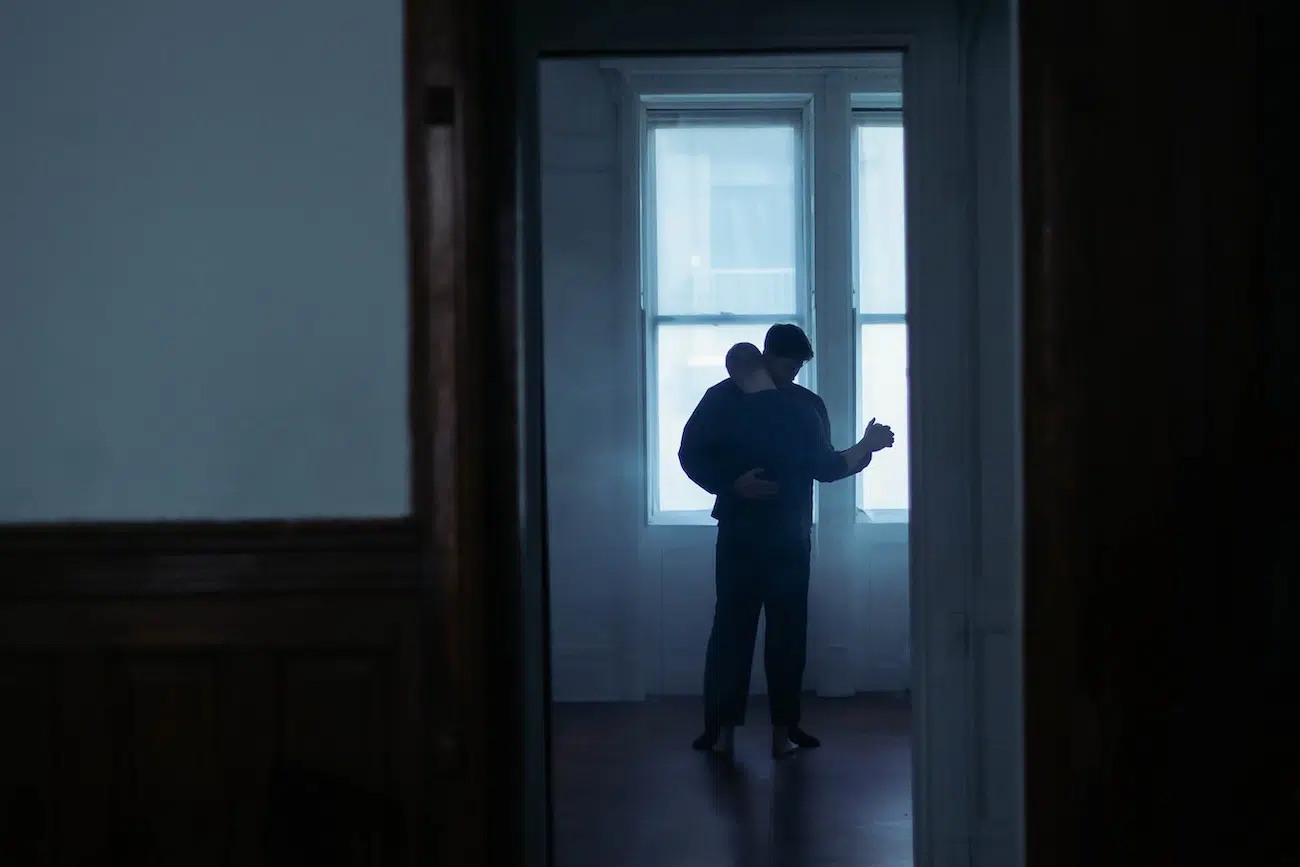
“The Time We Spent Together Was Kind,” from the “I.D.” series.
To capture someone on camera requires a certain level of intimacy. Renowned photographer Steve McCurry once claimed, “If you wait, people will forget your camera, and the soul will drift up into view.” This sensation is one that Evan Murphy prioritizes throughout his own work.
Based in New York, the 24-year-old photographer approaches the medium with an unwavering commitment to his subjects. Each scene vibrates with authenticity, achieving a sense of contemplation and interiority through atmospheric colors, compositions, and expressions. Regardless of who is being photographed, it’s clear that their personality shines through.
Above all, however, storytelling is what motivates Murphy’s work. His latest photographic project, titled I.D., explores queerness through a diverse cast of characters he met around New York. These images narrate the varying and individual manifestations of queer identity, with a particular focus on queer youth. The goal, for Murphy, is to “display stories of modern-day romantic connections, societal impacts, and self-liberation.”
The series has gained recognition throughout the past year, premiering during the Venice Biennale in June. It was also honored by the Head On Photo and 1839 Awards, demonstrating Murphy’s skills as a young photographer.
My Modern Met had the opportunity to speak with Evan Murphy about his creative process, his photographic inspirations, and his I.D. series. Read on for our exclusive interview with the photographer.
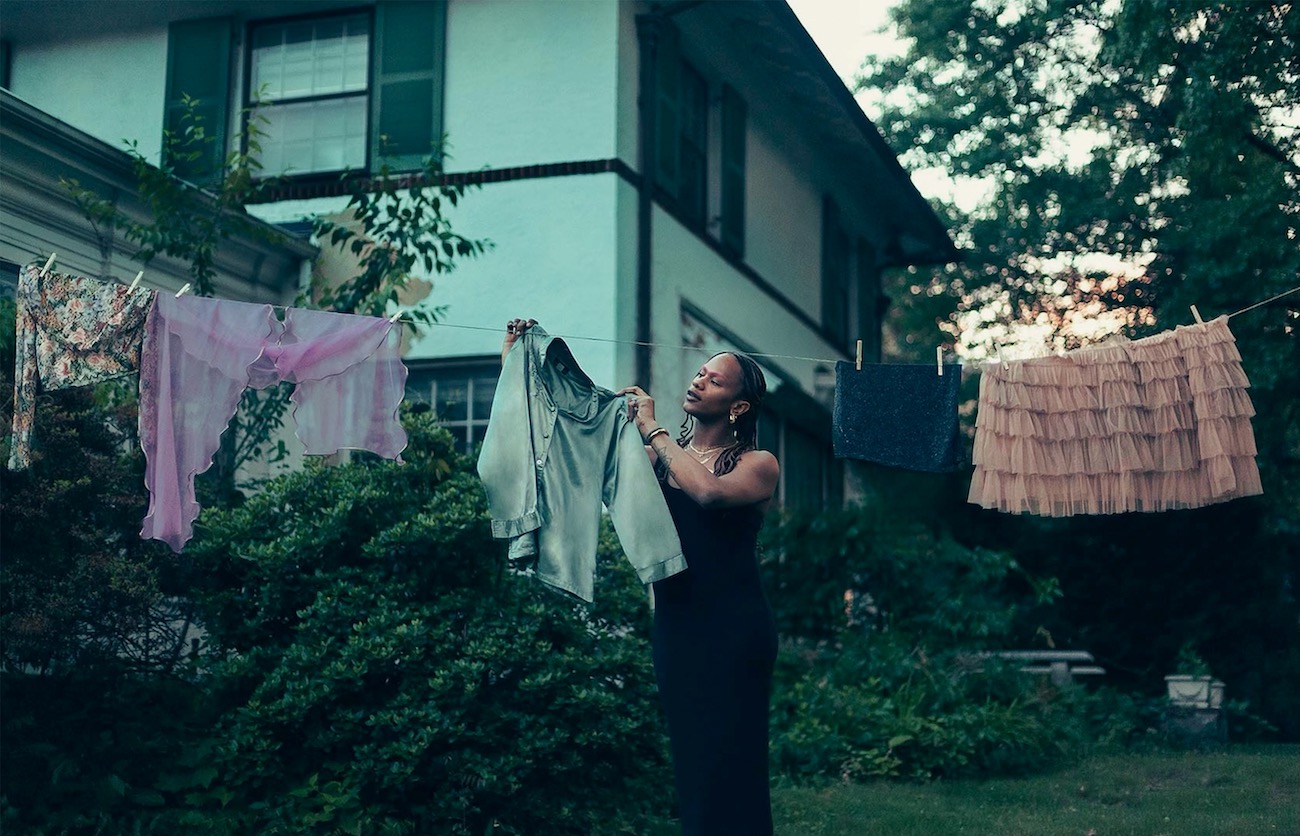
“The Rest of Me,” from the “I.D.” series.
What originally drew you to photography as your preferred artistic medium?
The best way I know how to tell a story is through photography. This craft has always been more than just a creative outlet—it’s both an escape from my reality and an expression of it. Photography allows me to document, process, and express emotions in a way that feels intuitive.
Growing up in Las Vegas, I was surrounded by a visually rich and cinematic environment—full of contrast, vibrancy, and also moments of solitude. That shaped the way I see the world and how I compose images. As I got older, photography became more personal to me; it became a tool for self-exploration. I found myself observing more, drawn to the lives and identities of those around me. That transition led to a stronger focus on storytelling through my work, not just as a reflection of my own experiences but as a way to explore the complexities of identity, connection, and human emotion.
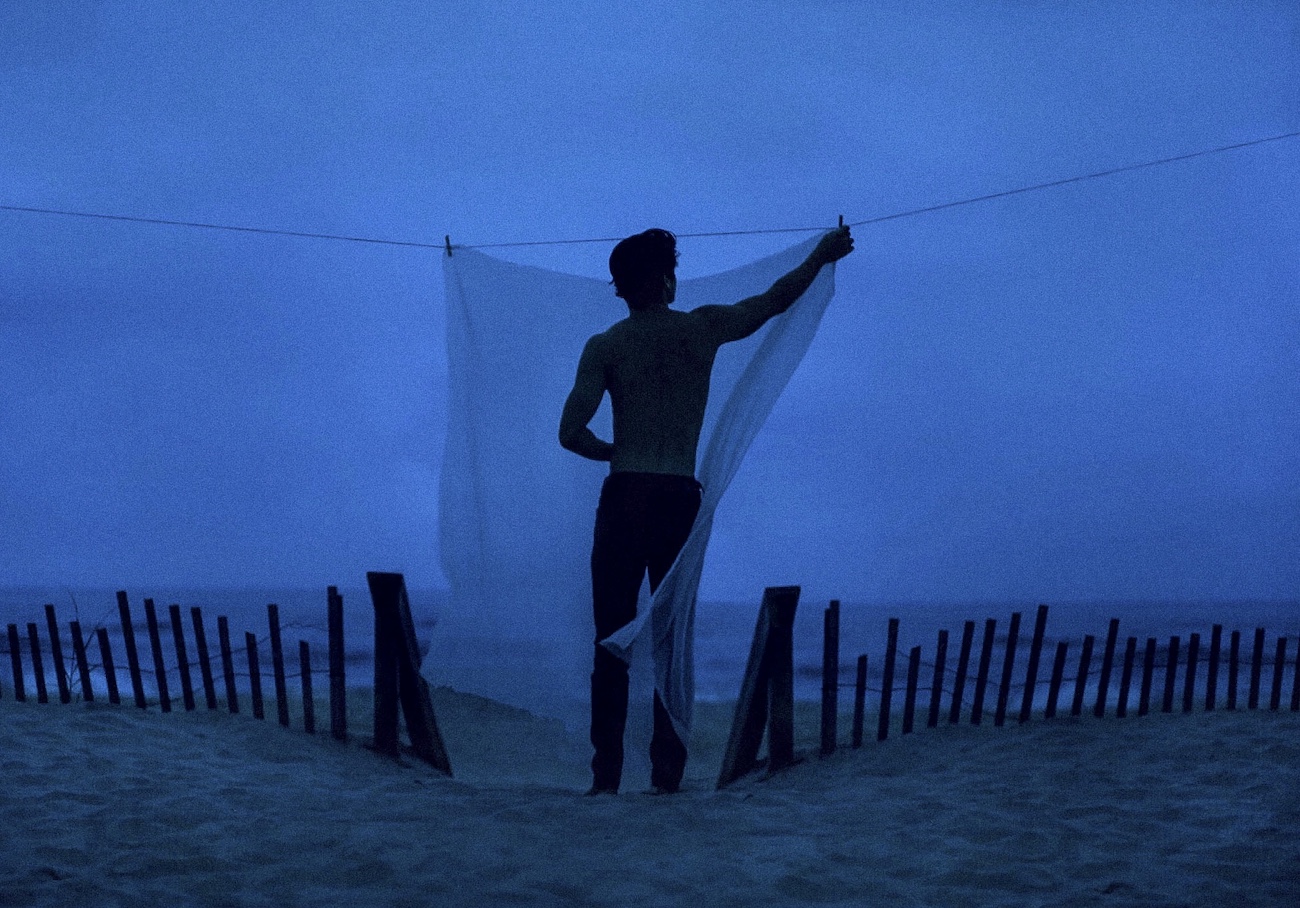
“Alec”
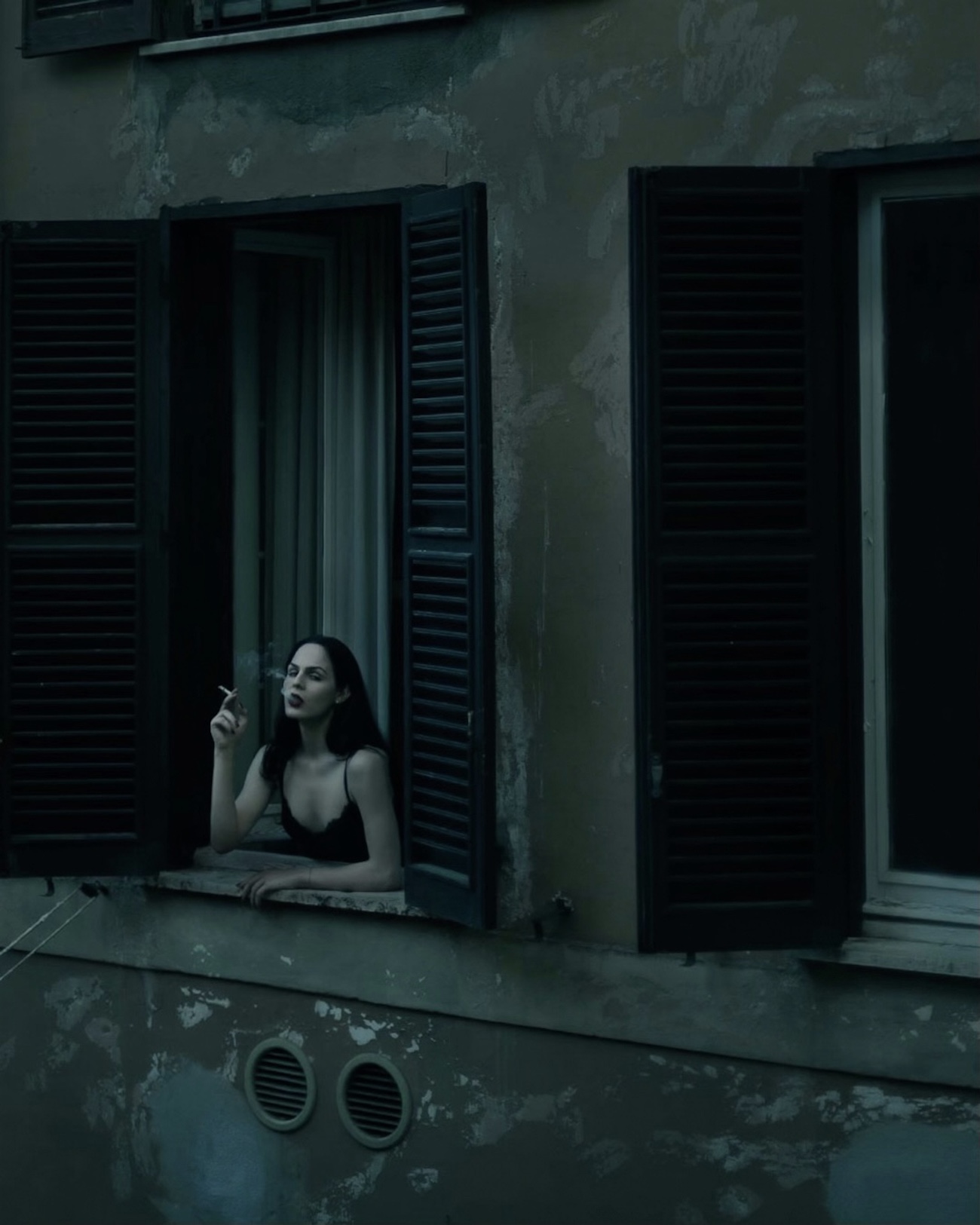
“Smoking”
What themes do you find yourself returning to? Do you have any specific stylistic or thematic influences?
A recurring theme in my work is identity—how it evolves, how it is shaped by personal and societal forces, and how it is expressed or suppressed. I.D. specifically explores queer identity, self-discovery, intimacy, and the emotional weight of relationships.
Stylistically, I draw a lot of inspiration from documentary and candid photography. Nan Goldin’s work, for example, particularly in the way she captured queer life in the ’80s, was an influence on I.D. Her images carried themes of secrecy, rebellion, and vulnerability—things that still resonate today. I wanted to take those influences and blend them with a contemporary perspective, capturing modern queer experiences while still maintaining a raw, unposed feeling.
Stylistically, I lean toward cinematic and emotionally charged compositions, using lighting, depth, and texture to create a sense of atmosphere and story in each image.
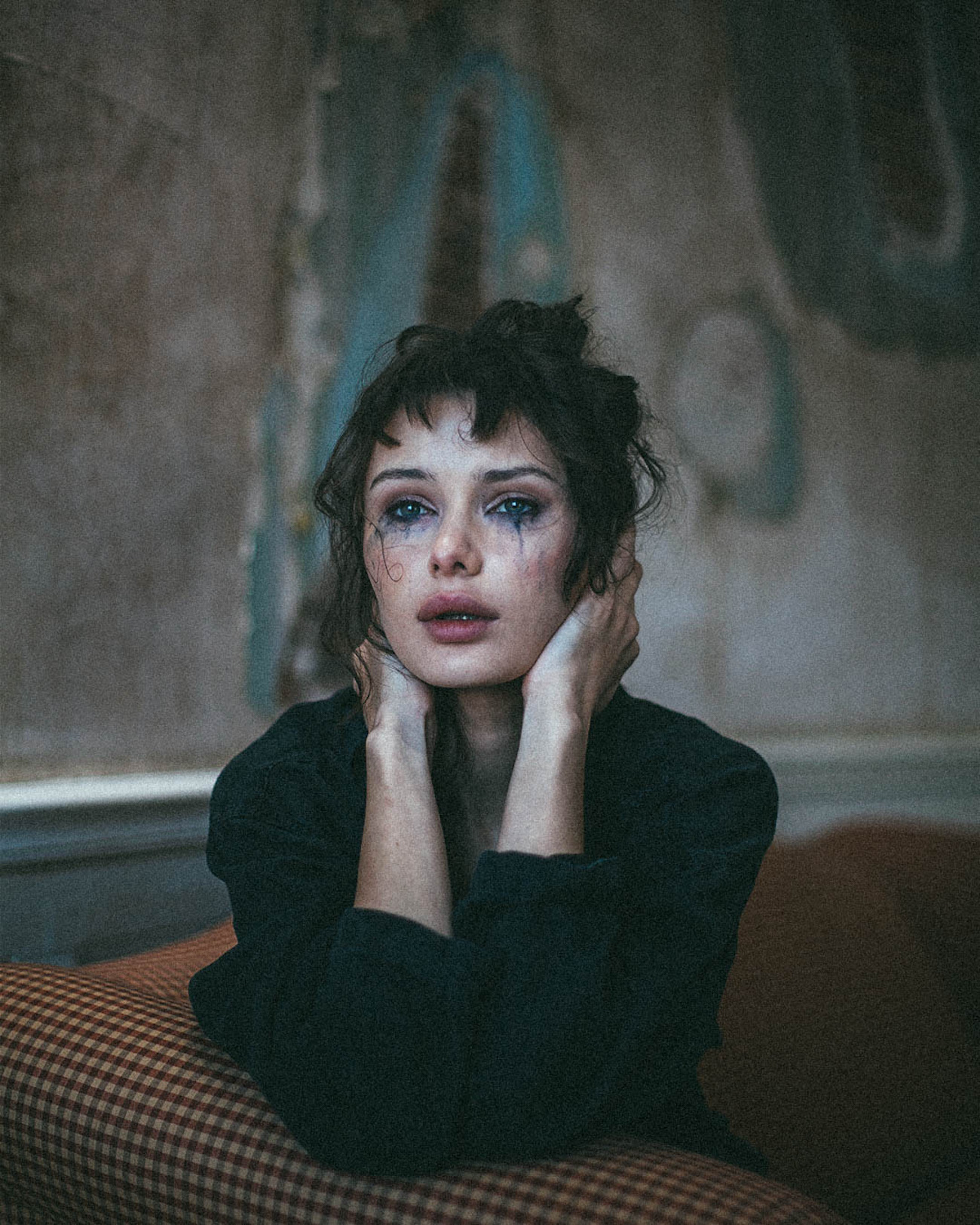
“Stay”
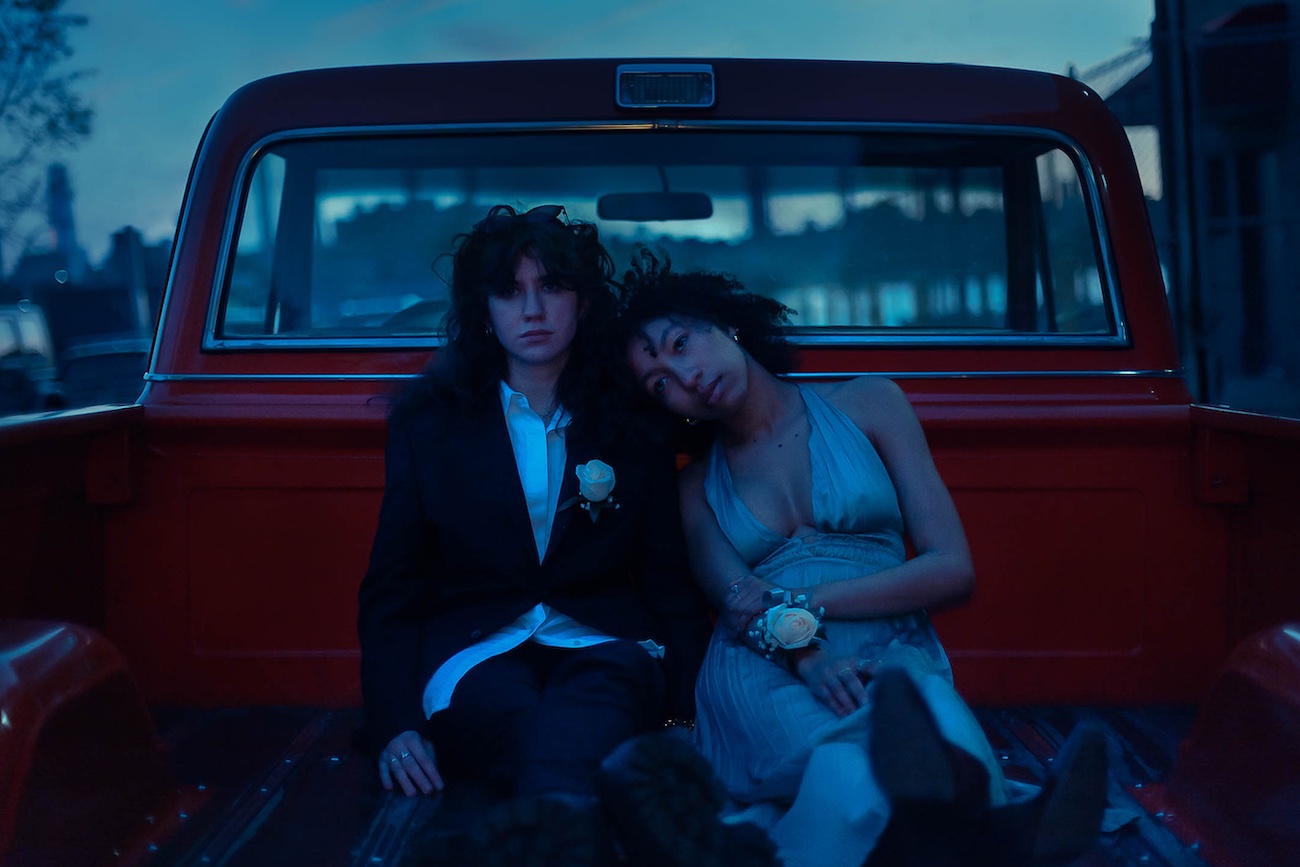
“When Morning Came,” from the “I.D.” series.
What has your experience been within the art world as a young photographer? How do you hope your career will evolve in the coming years?
Navigating the art world as a young photographer has been an ongoing learning experience. I’ve gained a lot of insight into how success is measured in this industry, and I’ve realized that there’s no single path—there are so many different ways an artist can carve out a space for themselves.
For me, success is about people engaging with my work and having a response to it. When people take the time to sit with an image, interpret it in their own way, and connect with it emotionally.
In the coming years, I aim to further develop my craft, reach a broader audience, and continue telling compelling stories through my photography. I’m interested in exploring new ways to push my creative vision forward and continue developing my artistic identity.
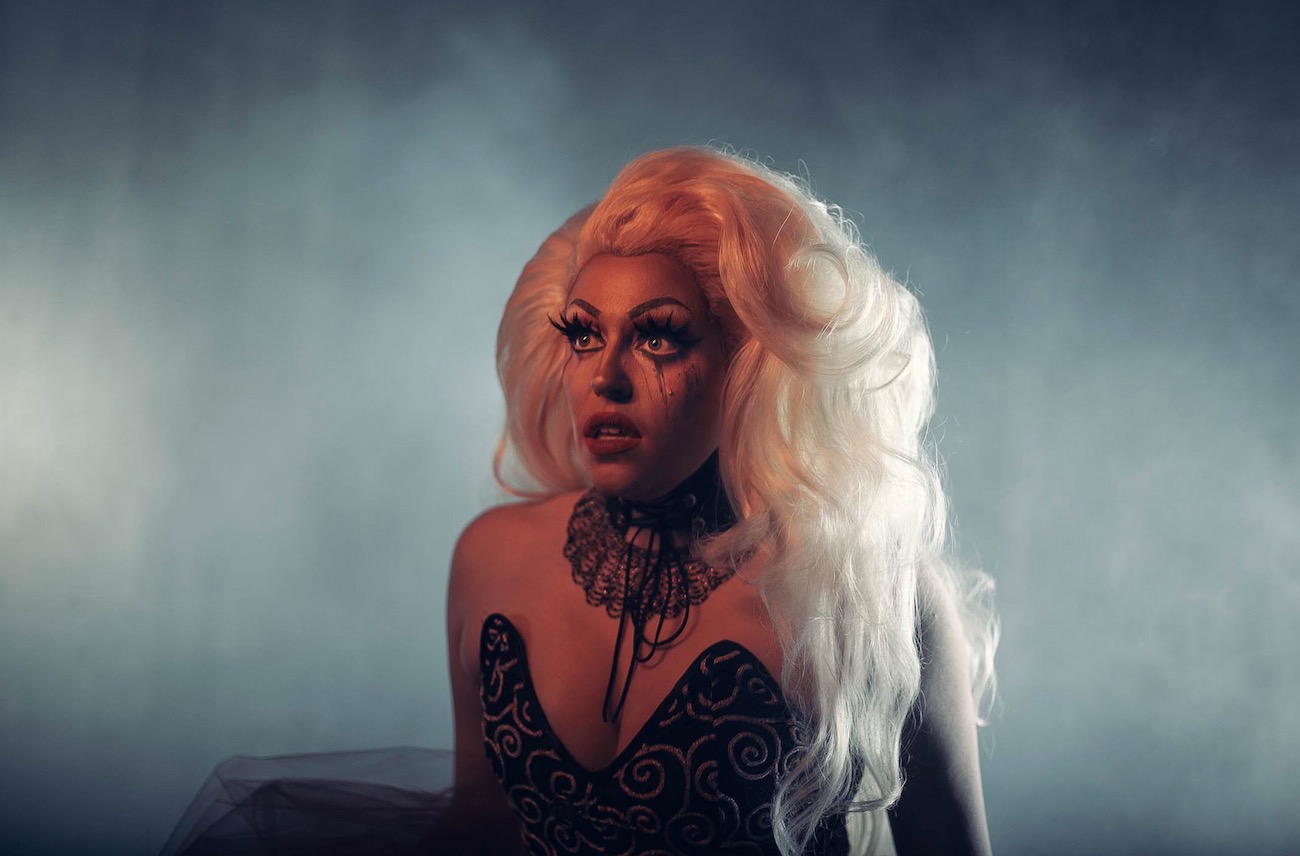
“Performance,” from the “I.D.” series.
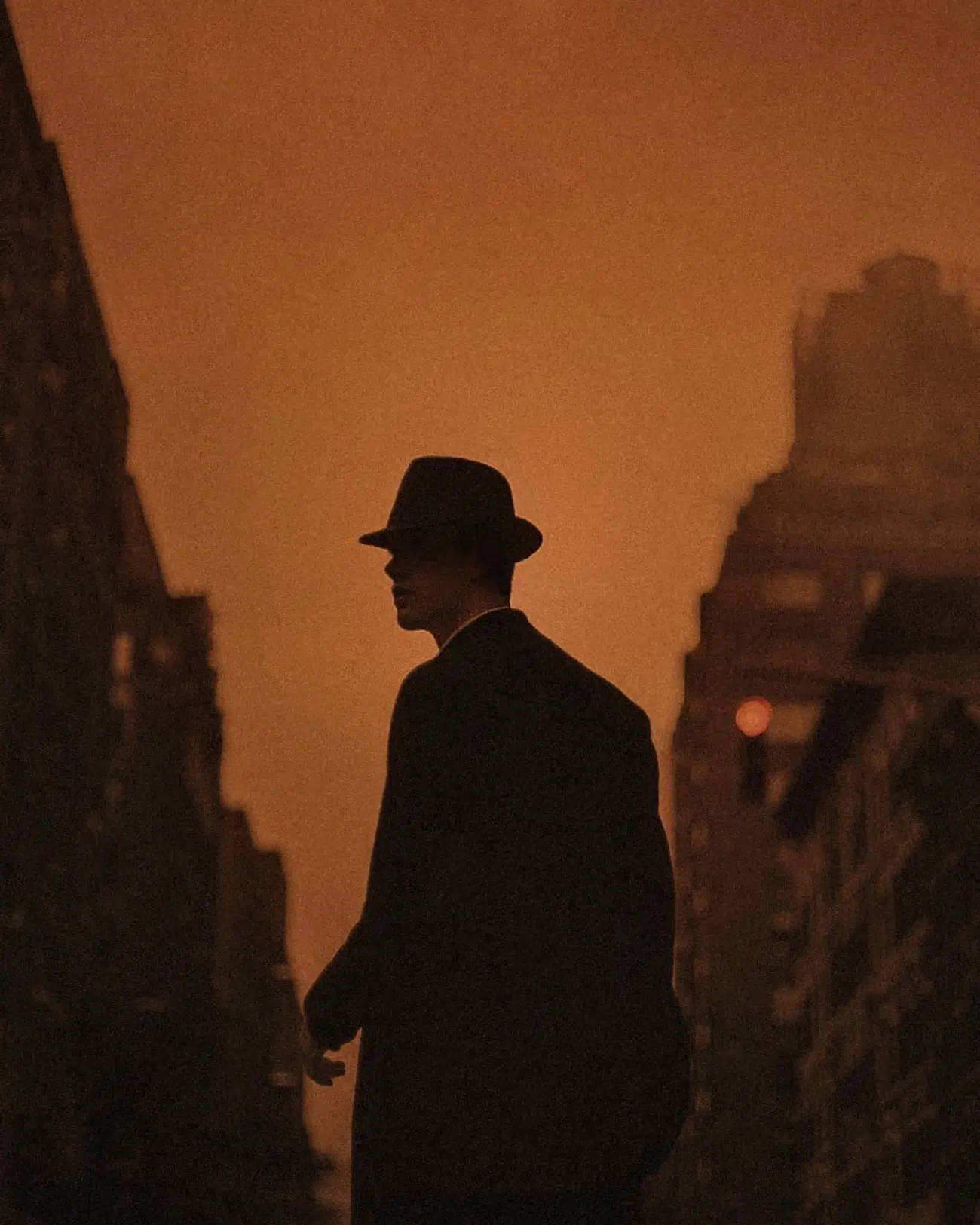
“Wildfire”
You moved to New York about two years ago. How did this impact your creative practice and the subjects you photographed?
The sheer amount of art and creative energy in New York is endless, and having access to those resources alone has helped me develop my vision and stylistic choices.
Beyond that, the city’s dynamic energy and diverse artistic community have inspired me to explore new subjects and perspectives. New York has a way of making you hyper-aware—of movement, of emotions, of fleeting interactions. During my few years in New York, I felt as if I was just observing. I observed the city and the foundation of life people have built for themselves here. I began to see this feeling displayed in my work, adding a sense of intrusion.
This environment has encouraged me to delve deeper into intimate storytelling, capturing the essence of the individuals and moments I encounter.
For example, in The Time We Spent Together Was Kind, I wanted the image to feel layered, as if my lens was peeking through and capturing a personal moment. The framing and depth were intentional, creating a sense of both closeness and distance.
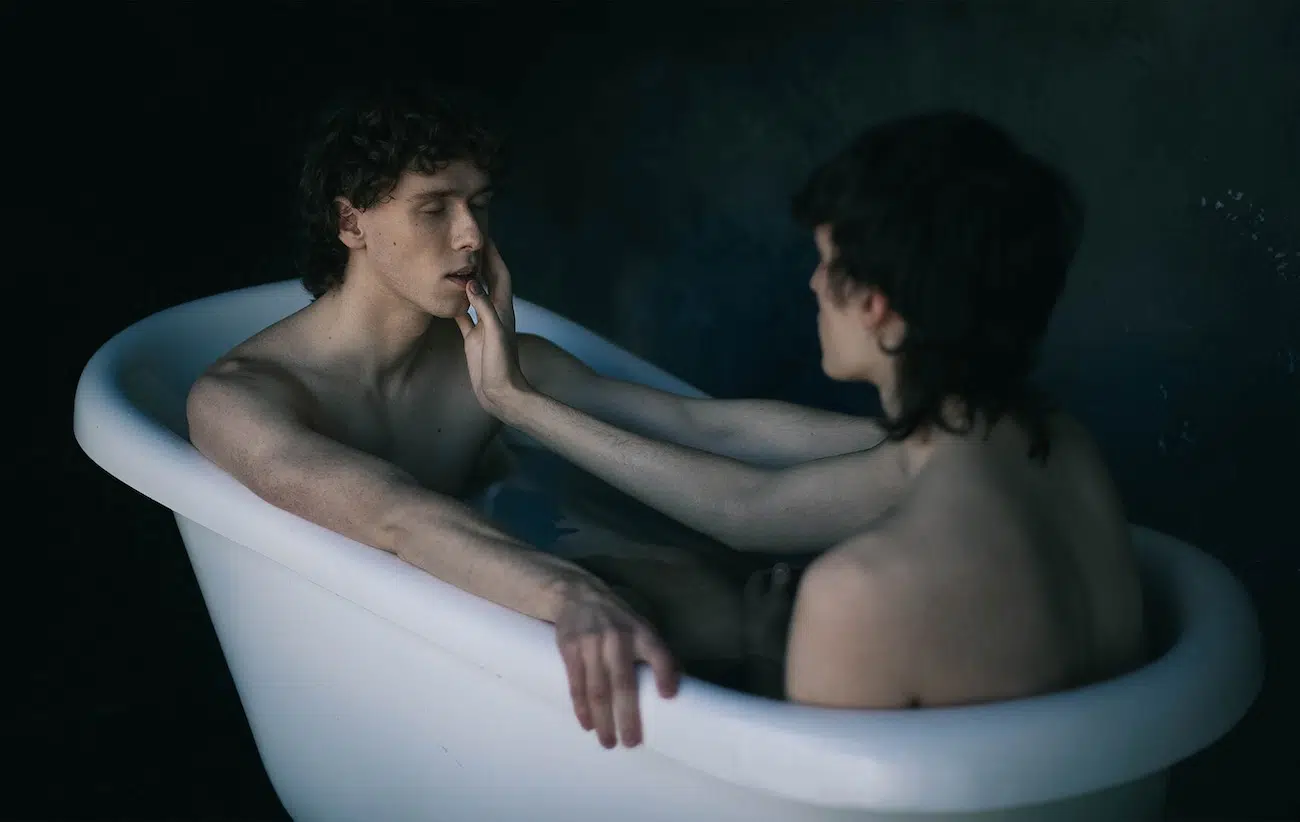
“First Touch,” from the “I.D.” series.
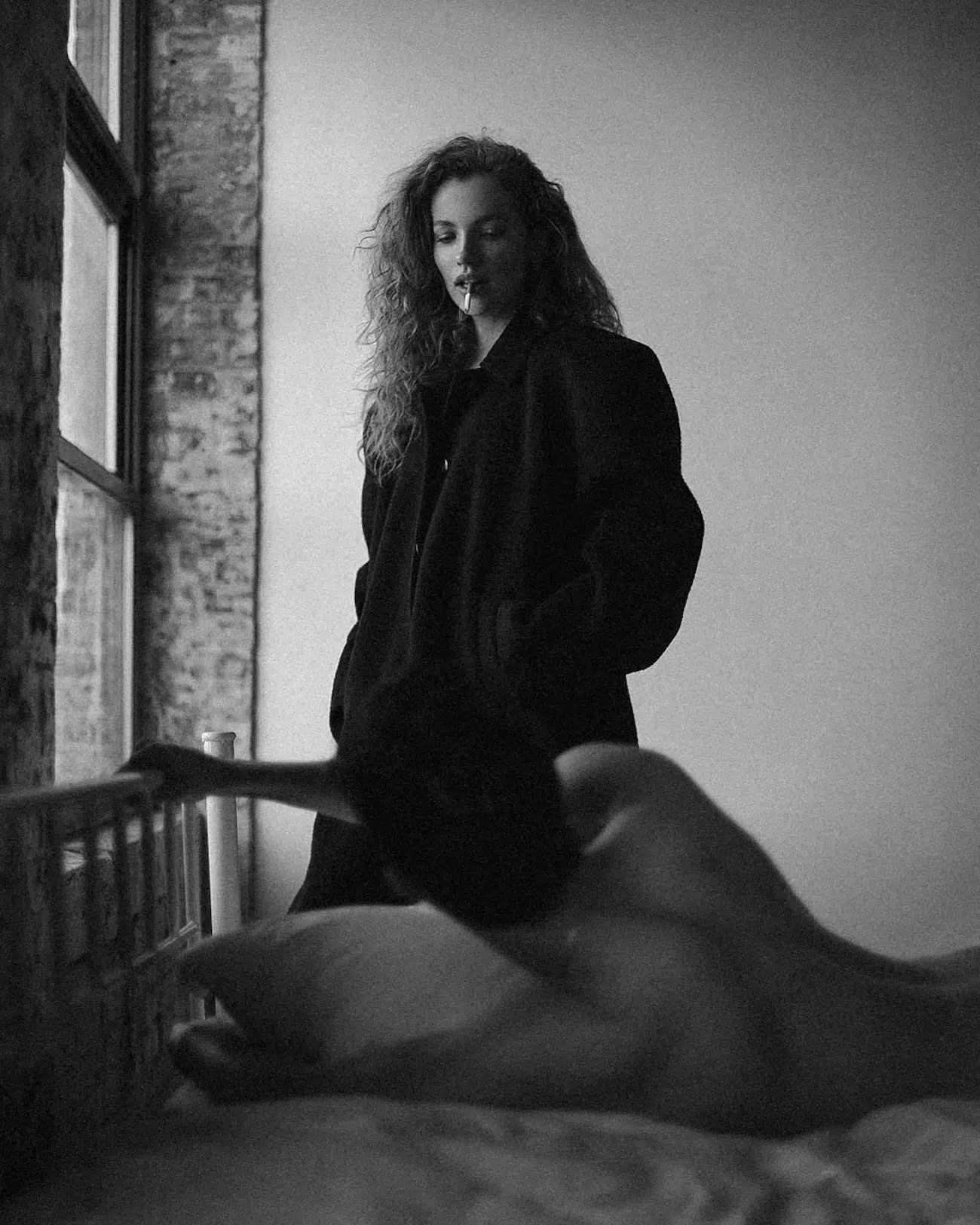
“Mourn”
What was the original impetus behind your I.D. series?
I wanted to create a body of work that had a cohesive message—something that explored queer identity in a way I hadn’t seen before.
So much of queer representation in photography has historically been shaped by secrecy or struggle, and while those elements still exist, I also wanted to show moments of expression, self-discovery, and intimacy. The series became an opportunity to tell stories that went beyond my own personal experiences. It was important to me that I.D. didn’t just reflect my perspective but also the journeys of others in the queer community.
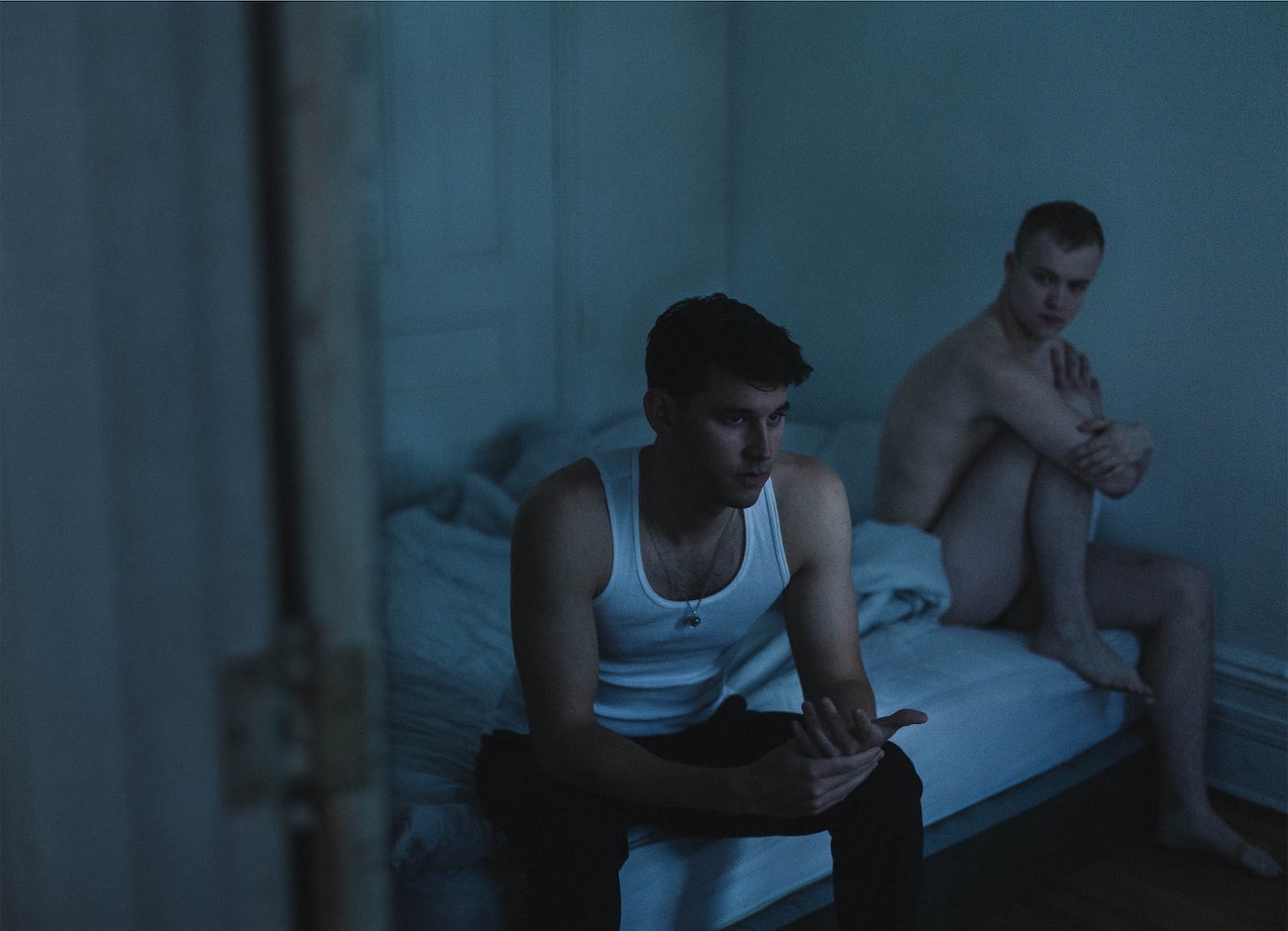
“I’m Already Gone,” from the “I.D.” series.
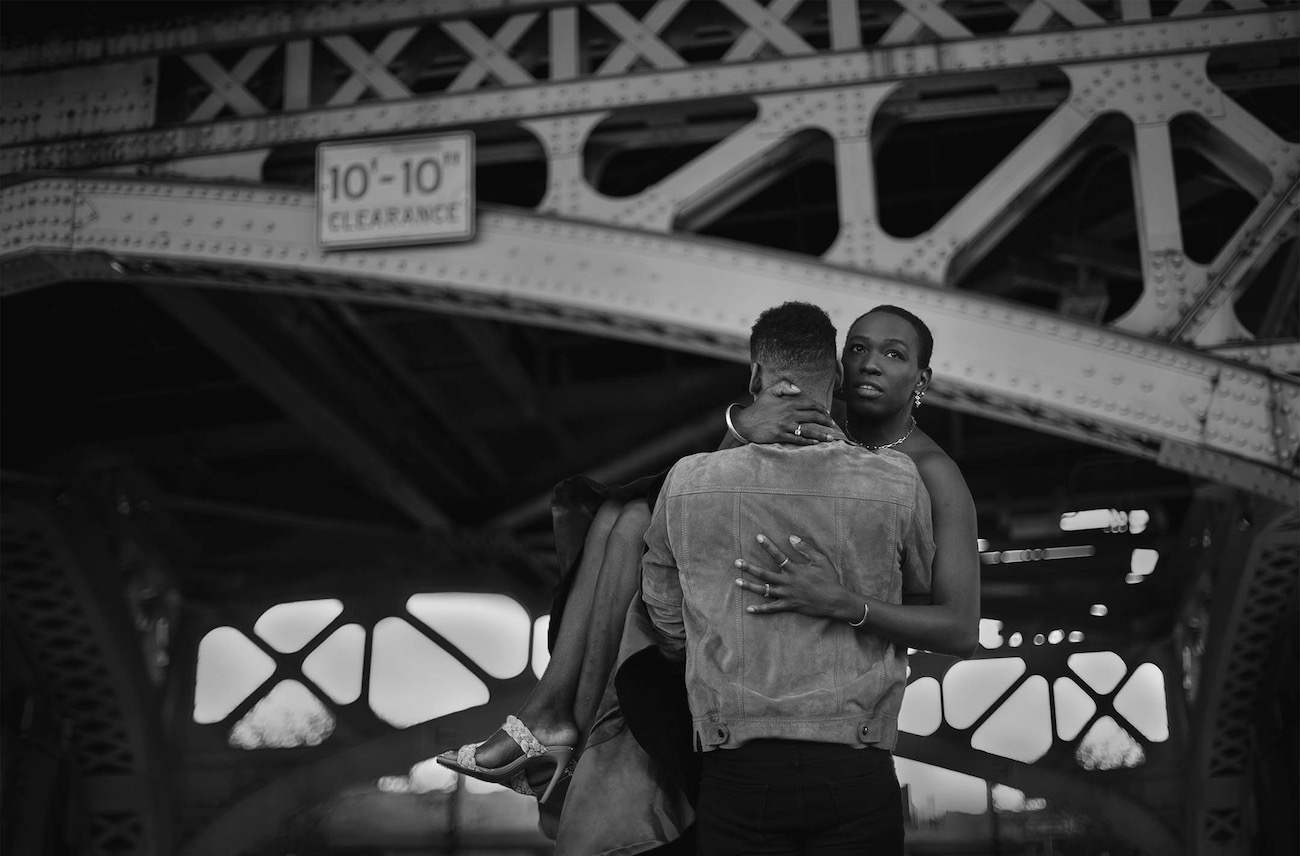
“Escape Code,” from the “I.D.” series.
What was your creative process in shooting the images in I.D.? What stories and perspectives were you hoping to capture?
The inspiration for the series came from both my real-life experiences and ideas I had been visualizing for years before finally bringing them to life. Some ideas were based on the life stories of people I met, incorporating elements of their own journeys into the work and reflecting personal experiences they shared with me. Each image in I.D. was formed in my mind before shooting—the challenge was executing them in a way that felt authentic to the emotions I wanted to convey.
Finding the right locations and backgrounds played a big role in the process. For When Morning Came, I had been searching for a pickup truck for days before unexpectedly coming across the exact one I had imagined. The driver, a painter, ended up letting me use it after I explained my idea. Another example, I’m Already Gone, required a specific kind of space to create the dark, almost suffocating atmosphere I wanted, and it took time to find the right location. My friends showed up at sunrise to help bring the vision to life, and that sense of isolation and emotional weight came through as I had hoped.
I approached each image with a strong sense of intent. Composition, lighting, and setting were all considered to reinforce the themes. Many of the images explore the emotional complexities of queer identity, self-discovery, and relationships. Some reflect longing or isolation, while others capture moments of expression and connection. My goal was always to create images that felt like fragments of a larger story—ones that could be interpreted in different ways depending on who was looking at them.
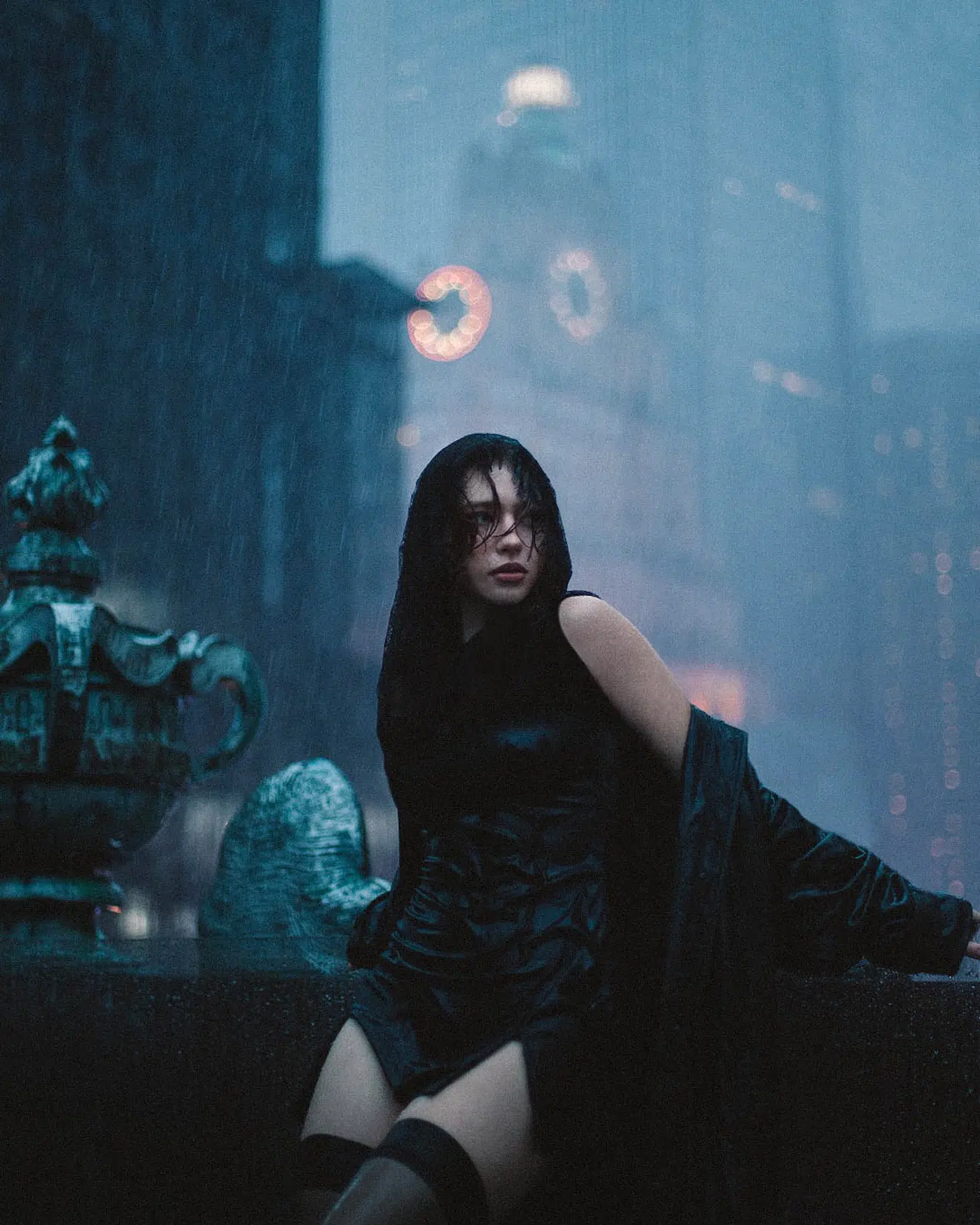
“Renata”
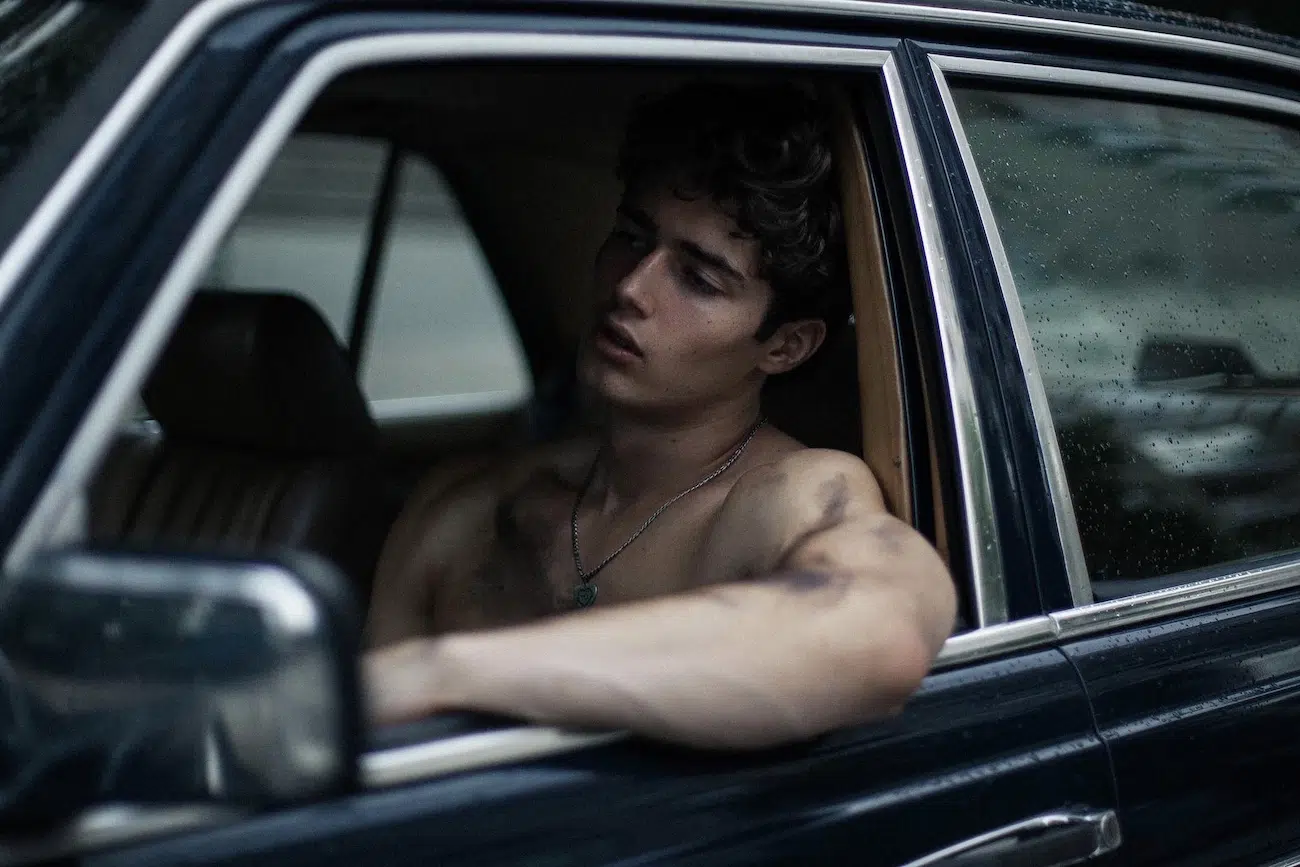
“Mitchell”
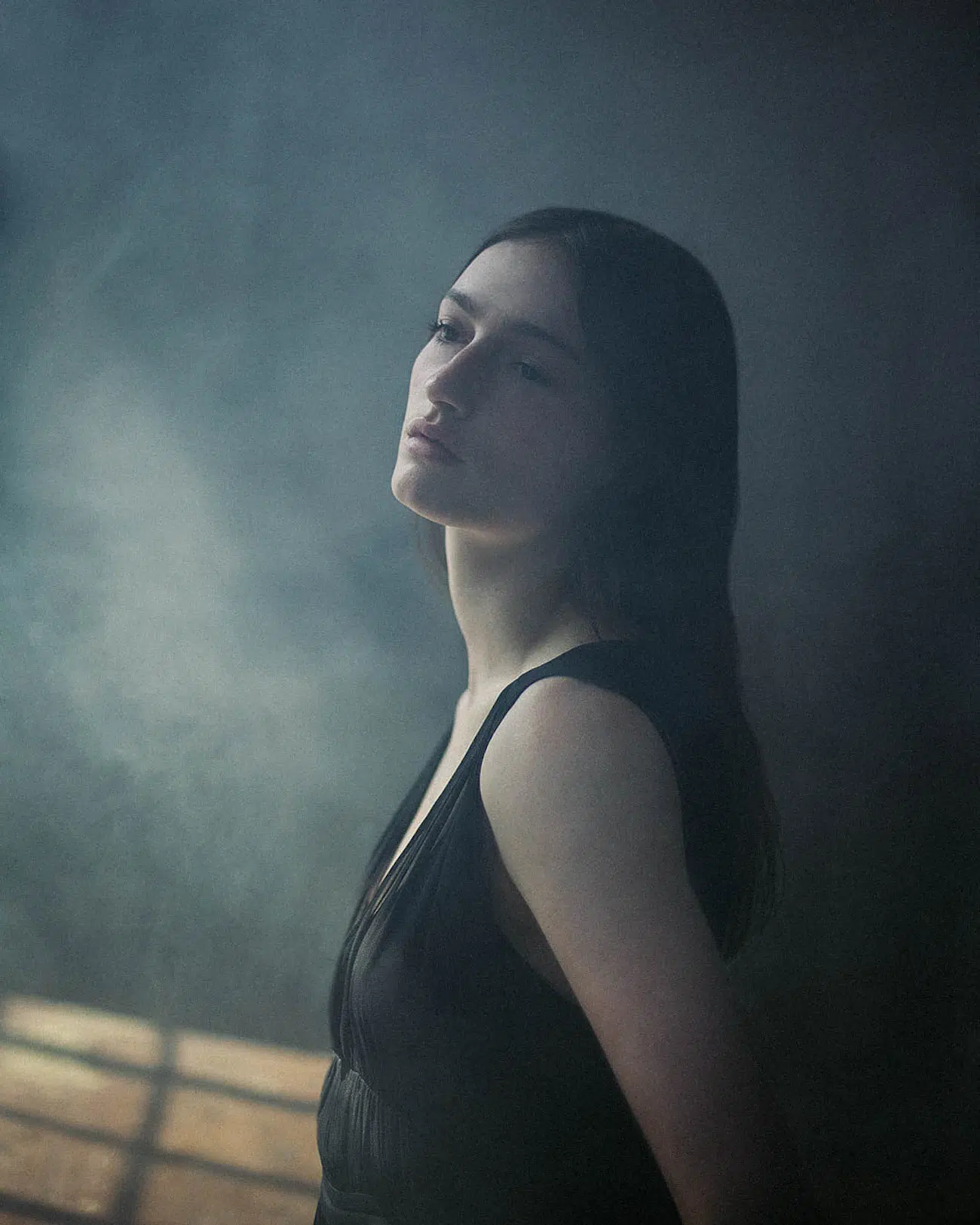
“Fog”
You showcased I.D. in the photography-only sub-exhibition during the 2024 Venice Biennale. What was that experience like?
Showing I.D. during the 2024 Venice Biennale was a unique experience. Being in Venice, surrounded by a city with people dedicated to art, was something I really appreciated. It was interesting to see how many people had come specifically to engage with different artistic perspectives.
One of the most rewarding aspects was hearing how people interpreted the images. Some shared what they thought each one represented, bringing their own perspectives to the work in ways I hadn’t necessarily considered. Since these ideas had been in my head for so long, finally seeing them come to life in print was meaningful.
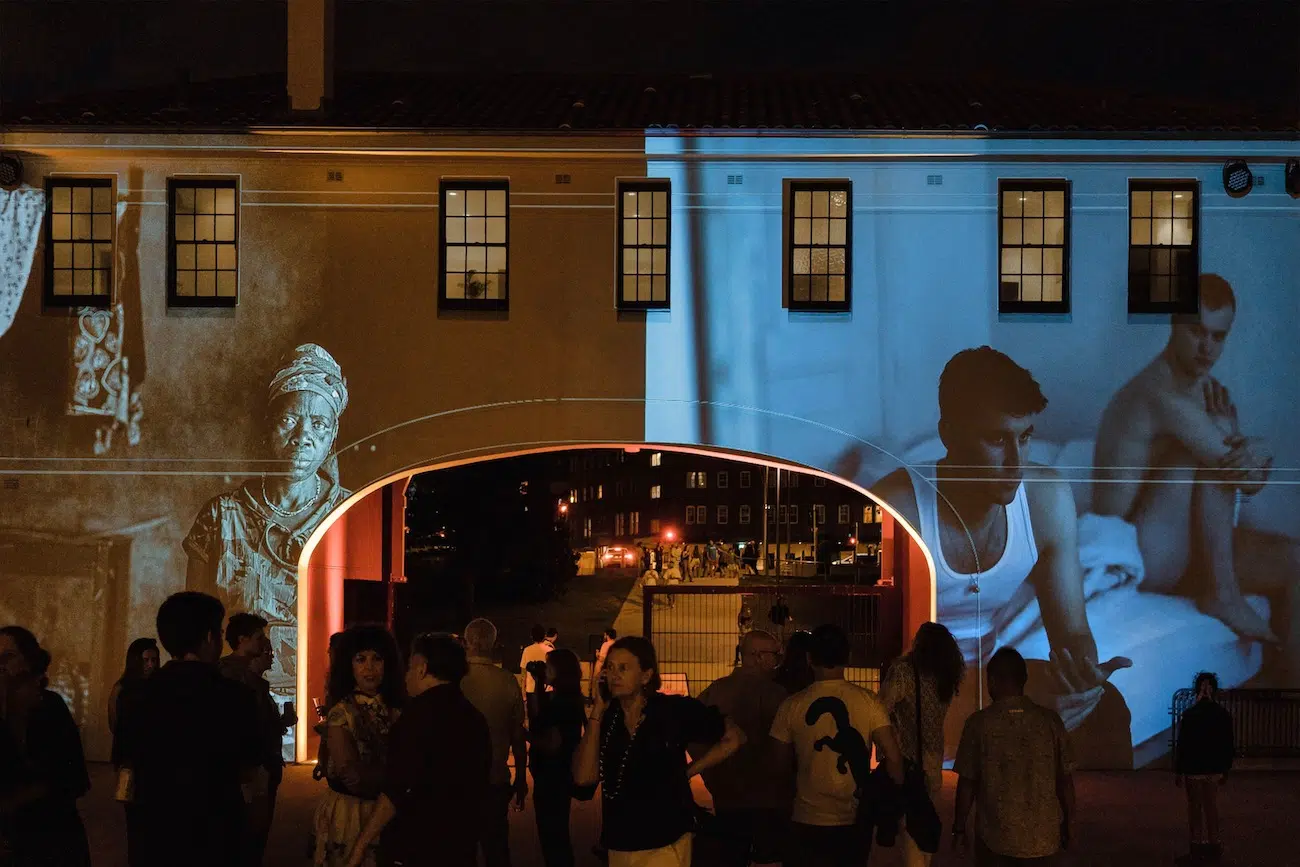
Exhibition associated with the 2024 Head On Photography Awards.
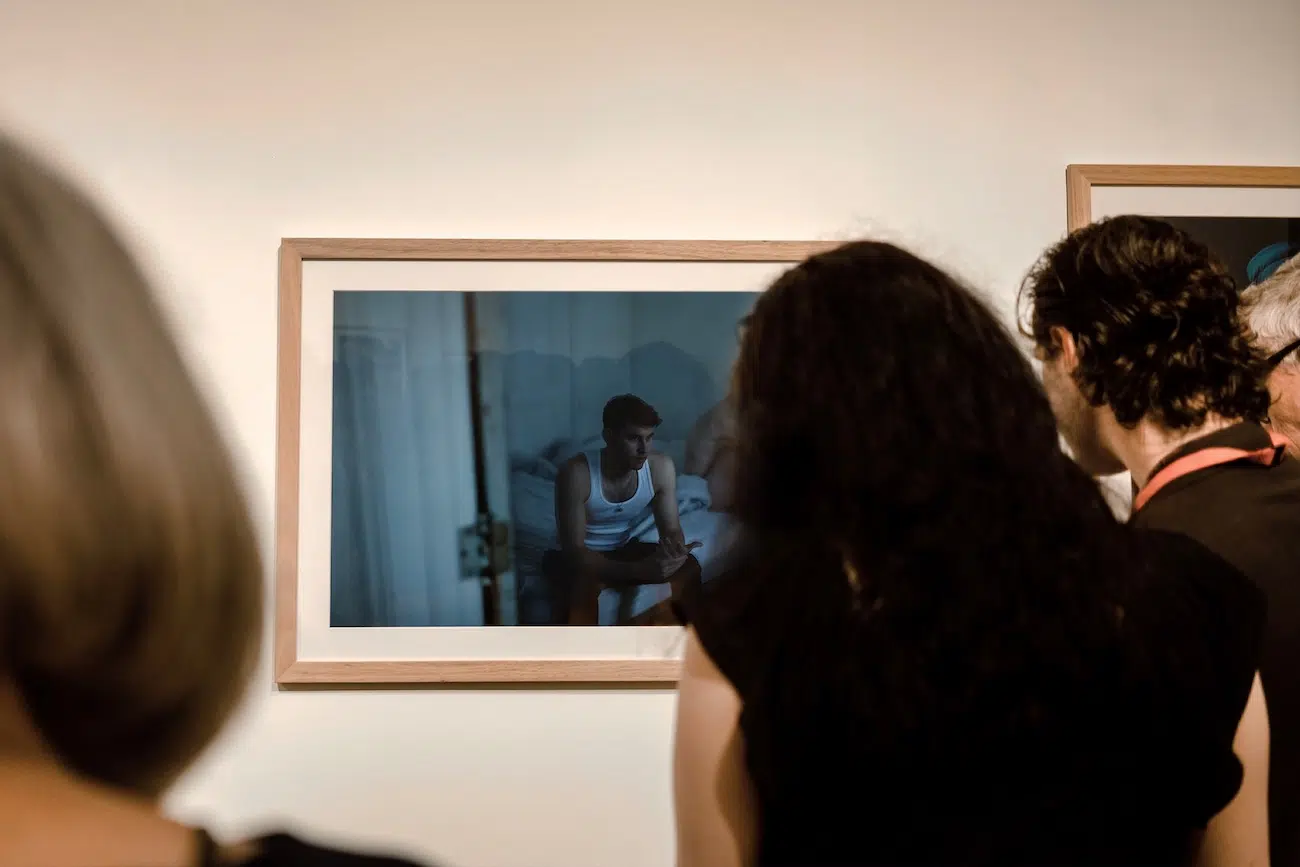
Exhibition associated with the 2024 Head On Photography Awards.
What do you hope people will take away from your work?
I aim for my photography to evoke a range of emotions—nostalgia, curiosity, introspection, or even discomfort. By capturing moments that are both personal and universal, I hope viewers find their own meanings within the images, sparking reflection and conversation.
Ultimately, I strive for the series to contribute to the broader narrative of human experience, encouraging understanding across diverse perspectives.
